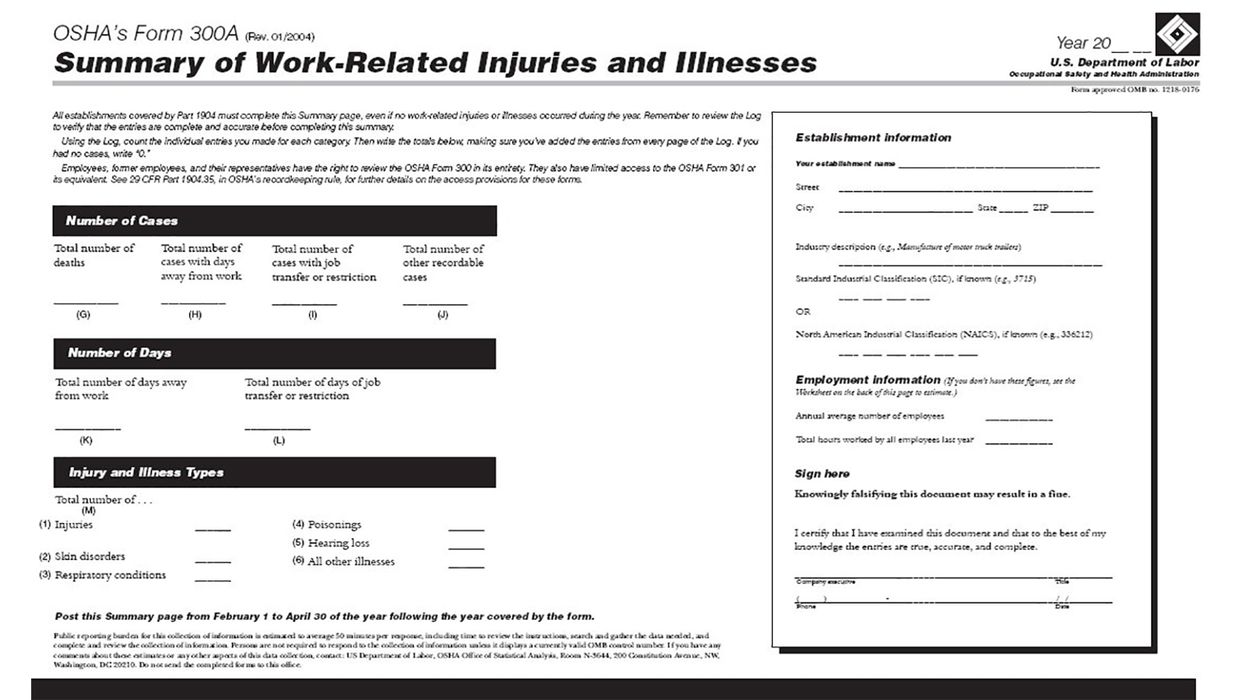Rule requires benefit-cost analyses for all significant clean air rules
In December, EPA finalized a rule intended to ensure the benefits and costs for significant rules under the Clean Air Act (CAA) were evaluated in a consistent manner. The final rule codifies best practices for benefit-cost analysis (BCA) in rulemaking. EPA says the goal of the rule is to ensure all future significant air rules are accompanied by a publicly available BCA using the best available scientific information.
Critics of the rule argue it will hamstring the agency’s ability to place tougher curbs on pollution in the future. Under the new rule, EPA must consider the economic impact of a proposed air rule without considering secondary public health benefits. Until now, EPA has used that measurement to defend expanding regulations.
In practical terms, the new rule will alter the way EPA calculates the cost of air rules by:
- No longer considering “co-benefits” in its calculations. Co-benefits occur when a rule targeting one type of pollutant also reduces another type of pollutant (e.g., a rule targeting air toxics also reduces greenhouse gases).
- Applying one formula for calculation across all clean air regulations.
- Only considering the effects of an air rule on domestic costs (i.e., international costs and benefits will not be taken into account).
The new rule also leaves the door open for revisiting past clean air regulations and applying the new BCA to them.
The rule becomes effective on the day it is published in the Federal Register, but it will not apply to proposed rules that were published before the effective date.

















































